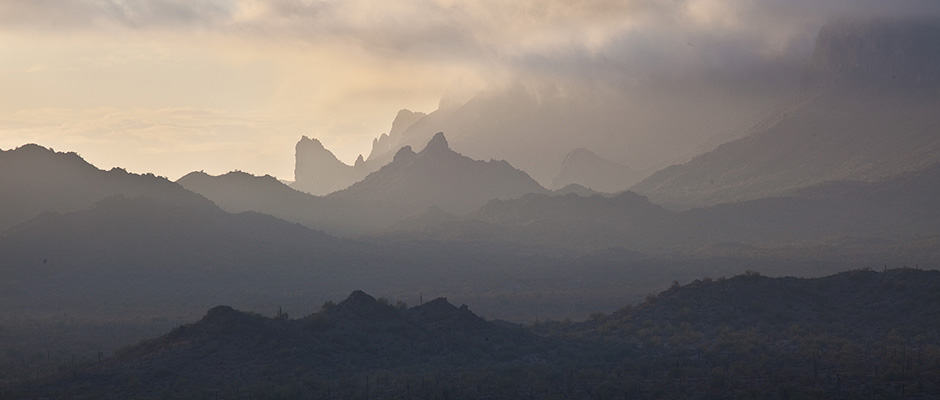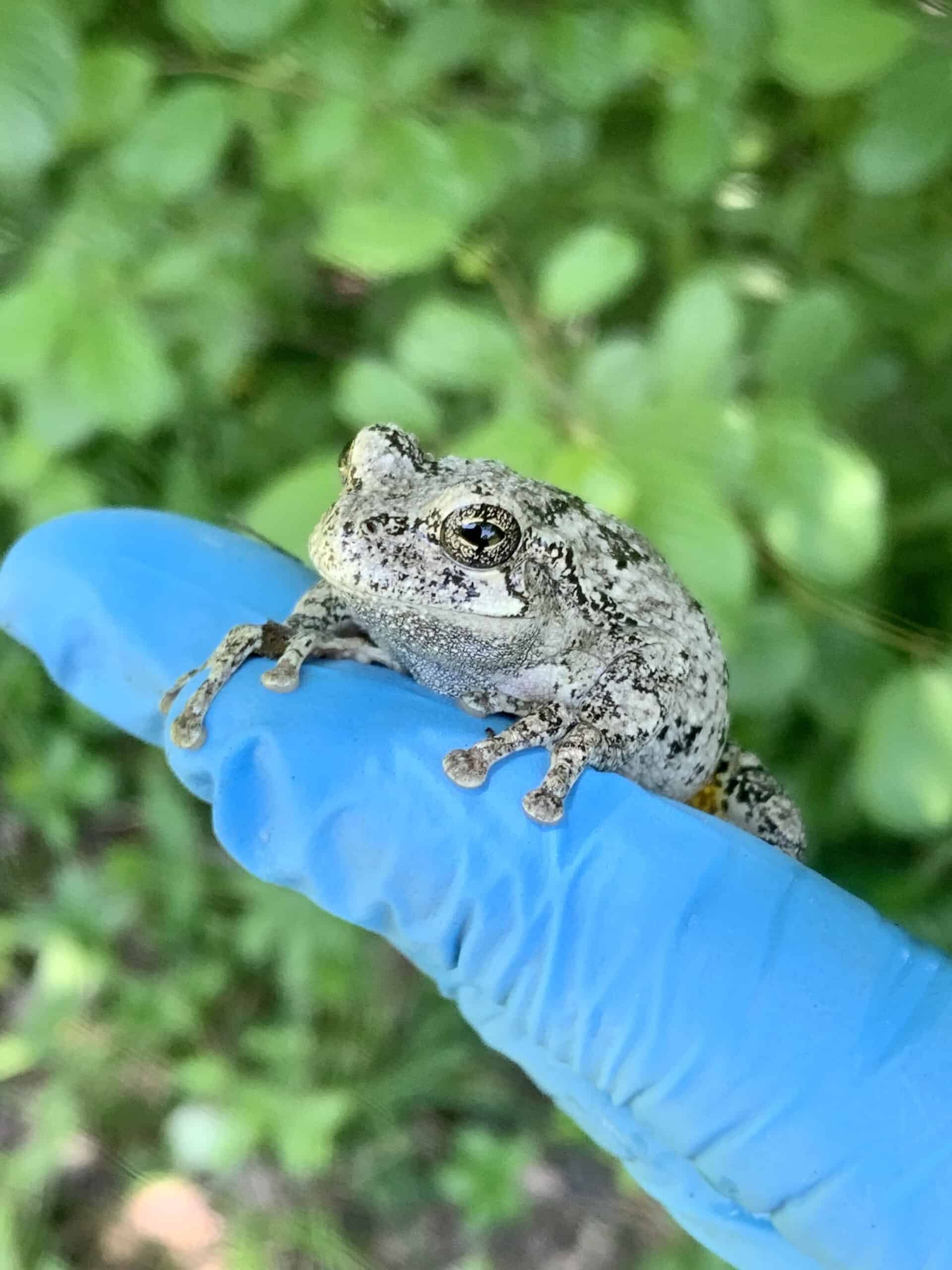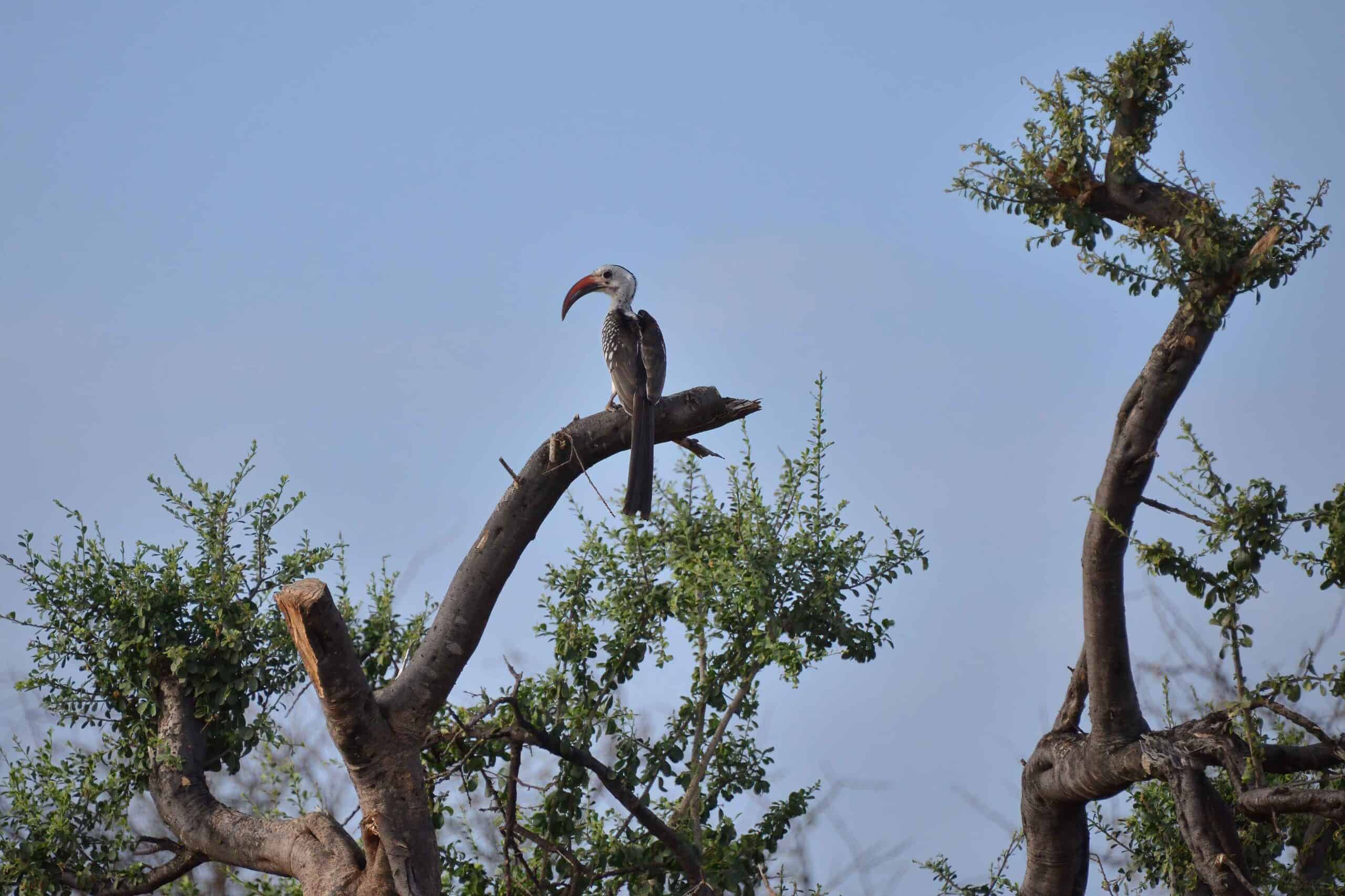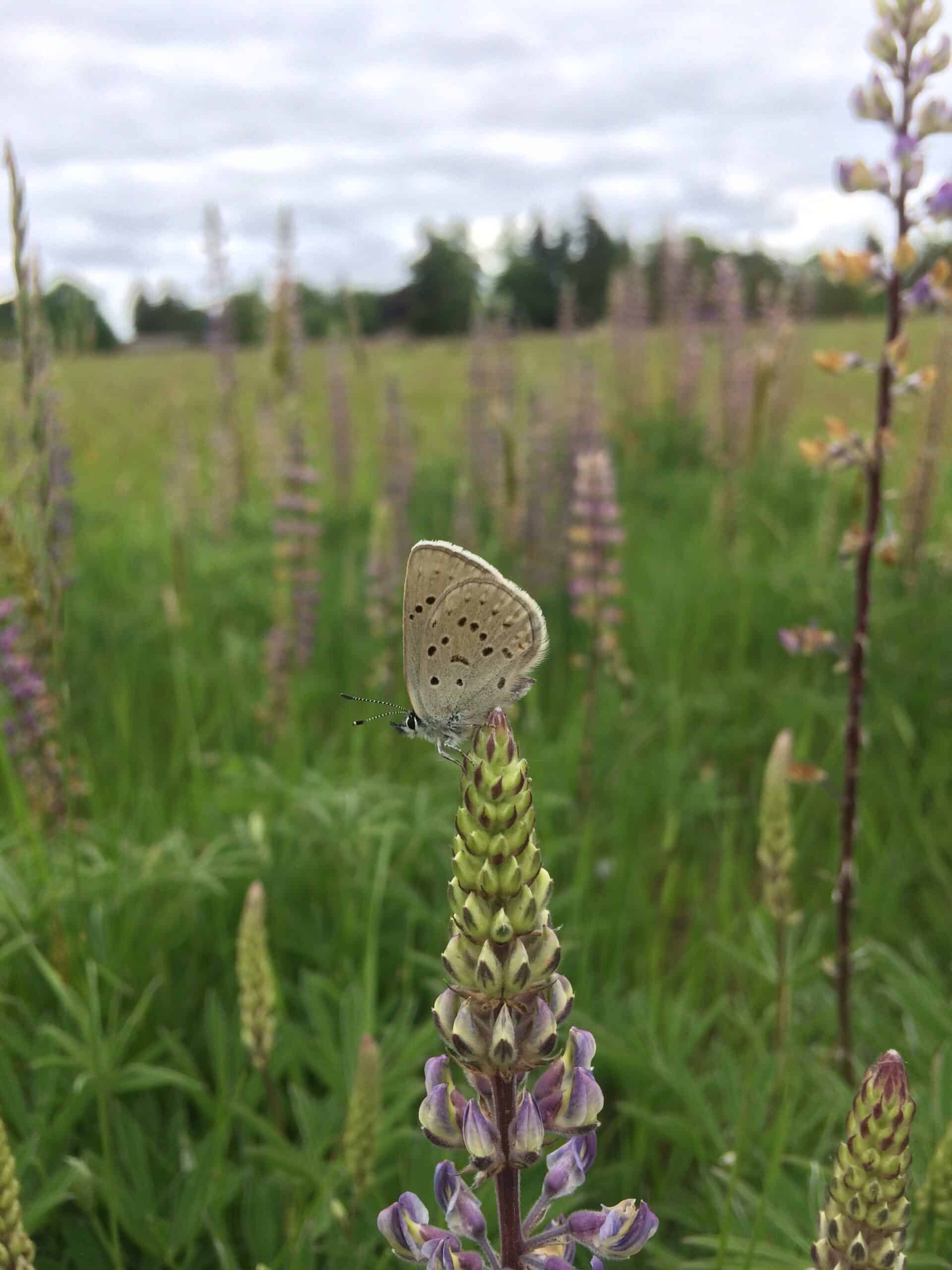Share this article
The Conservation Affairs Network Builds a Stronger TWS
The Wildlife Society is taking steps to strengthen connections between its sections, chapters, and headquarters.
“The individual units of The Wildlife Society are not as connected as they need to be. We know this and have known it for decades,” says Ken Williams, Executive Director of The Wildlife Society. “TWS has made the commitment to our chapters, sections, and entire membership to strengthen our Society by improving the connectivity among units. We are following through on that commitment by developing the Conservation Affairs Network.
The Conservation Affairs Network is a new strategic initiative that enhances the effectiveness of the Society by increasing communication, collaboration, and coordination between chapters, sections, and TWS headquarters.
Initiated in early 2014, the Conservation Affairs Network has grown to include nearly every TWS section and half of its chapters – with several more expected to engage with the Network in the coming months.
“Not only have we identified the need for better connections between our chapters, sections, working groups, and headquarters, we are actively taking steps to address that need,” says Williams.
The Network is currently focused on connecting chapters, sections, and headquarters in efforts to address wildlife policy issues at national, regional, and local levels. Direct linkages are made between chapters, sections, and TWS headquarters through policy focused committees, generically referred to as Conservation Affairs Committees, within each chapter and section.
“Wildlife policy creates a good starting point for the Conservation Affairs Network since many chapters and sections already engage in policy at some level. Similar policy issues often arise across states, provinces, and regions, so there is ample opportunity for collaboration,” says Keith Norris, TWS Assistant Director of Government Affairs & Partnerships. “With greater levels of communication, collaboration, and coordination, we can see huge benefits in efforts to address wildlife policy concerns and advance science-based conservation.”
Norris is leading implementation of the Network among TWS staff. He presented information on the Conservation Affairs Network at the North Central Section of The Wildlife Society annual membership meeting this week, and discussed the Network with the Missouri Chapter last week. He has trips planned to other chapters and sections in the coming months to grow engagement in the Network.
To facilitate communication, the Network establishes direct links between Conservation Affairs Committees (CAC) at the chapter and section levels. Each chair of a chapter CAC serves as a member of a section CAC. This facilitates communication and collaboration between chapters and their section on policy issues and actions. Section CAC chairs then communicate with each other and TWS Headquarters staff, completing the link and allowing information to flow up and down the Network.
To engage in the Network, a TWS chapter needs to connect the chair of their policy-related committee to Norris and their section CAC chair. If a chapter does not currently have a policy-related committee, they are encouraged to establish a CAC and contribute to this strategic effort.
The policy focus is just the beginning for the Conservation Affairs Network. TWS plans to broaden the initiative in future efforts to grow connections among the Society’s individual units.
“The initial focus of the Conservation Affairs Network is on policy. Yet, it is about so much more than policy,” say Williams. “It is about connecting our individual units to create a stronger Society so we are all more effective at achieving our mission.”
You can read more about the Conservation Affairs Network at www.wildlife.org/conservation-affairs-network or contact Keith Norris at keith.norris@wildlife.org.
Header Image: Image Credit: Bureau of Land Management








